In Tianzhuo Chen’s new work, ‘The Dust’, the artist’s demand to get beyond the body leads him to consider what the performative aspects of ritual and ceremony look like in the absence of human beings. Situating ceremonial objects, farming tools, vultures, which have special significance in Tibetan Buddhism, and the landscape around Cuogao Village and Damu Temple in the Nagqu District of Tibet as the work’s primary protagonists, Chen positions the human condition as inherently Sisyphean. He documents the instruments of mankind’s struggle to atone for original sin, moving from remnants of ancient life and images of natural beauty to water-powered prayer wheels, the wreckage of industrial machinery and rows of human skulls. Chen reveals a world in disorder, objects and instruments linked together by the absurd logic of chaos and creation. “In a universe suddenly divested of illusions and lights, man feels an alien, a stranger,” writes Albert Camus in The Myth of Sisyphus. “This divorce between man and his life, the actor and his setting, is properly the feeling of absurdity.”
It is this sense of absurdity, that can be understood as stemming from the separation of ritual and ceremony from the body, that Chen addresses with The Dust. Inspired by the funeral ritual of the sky burial, in which the deceased is left out in the elements to be scavenged by the birds, the short film was captured during a week-long religious retreat. According to the beliefs of Vajrayana Buddhism, at the point of death the spirit leaves the body, leaving its corporeal form as an empty vessel: meat for the birds that will eventually return to the dust. In this way Chen responds to Camus’s assertion that “it is barely possible to speak of the experience of others’ deaths. It is a substitute, an illusion, and it never quite convinces us.” Over the course of The Dust the artist maps the experience of death and rebirth, beginning with the water and mud of the earth and ending in the sky, blown about by the mountain winds. For Chen this is what remains in the absence of the human, as writer and academic Oxi Pëng puts it in a poem accompanying the film: “there is no such species / called ‘human’. / but only the prayers’ everlasting dreams, / flowing into the heart of the earth.”
Observing the instruments of ritual, separated from the context of social religious interaction, it is music that guides us through this deserted landscape, filling the void left by human absence. Glistening peels of electronic chimes and gongs give way to lurching synth swells in the film’s stunning score from SVBKVLT artist 33EMYBW, which bookends a field recording made by Chen of a Buddhist ceremony he was permitted to document. Setting the sounds of religious practice predicated on the observance of the body against various images of death – skulls, stuffed animals, vultures – Chen subverts the illusion of the experience of death, instead tracing a map of its material reality. When the flesh has decomposed to dust what remains are the prayers of those who are left behind, as well as the music they play in remembrance, or as Oxi Peng describes it: “the mystic organ that grinds the silver wind / penetrated by the forgotten memories of the unknown.”
By exploring Tibetan Buddhist attitudes towards death and burial Tianzhuo Chen circles around what Albert Camus terms “absurd freedom”, an acceptance of the chaotic nature of life and death that enables a certain existential clarity. “Completely turned toward death,” writes Camus, “the absurd man feels released from everything outside that passionate attention crystallising in him.” This is perhaps the absurd freedom one arrives at when the burning desire to transcend ones corporeal form harmoniously coexists with the understanding that, in this life, the body is all we have. The coherence of these two understandings is played out across the sounds and images of The Dust, guided by the searching eye of Tianzhuo Chen. As Travis Jeppesen points out, his is a space beyond both imminence and transcendence, or, perhaps, between: “a sphere in which death and life are not mutually exclusive.”
For more information about Tianzhuo Chen and his work you can visit his website and follow him on Instagram.
The Dust Credits:
Director – Tianzhuo Chen
Music – 33EMYBW
CGI & VFX – Tianzhuo Chen, Cattin Tsai
Text – Oxi Pëng, Tianzhuo Chen
Editor – Ren Xingxing
Management – Guan Yun, Ren Xingxing
Camera – Yu Hao, Li Kaiqiang
Special Thanks – Khanpo Dawaghatso, Master Sun, Sihu Monastery, Kharnang Monastery, The Sky Burial Platform of Redeng Temple



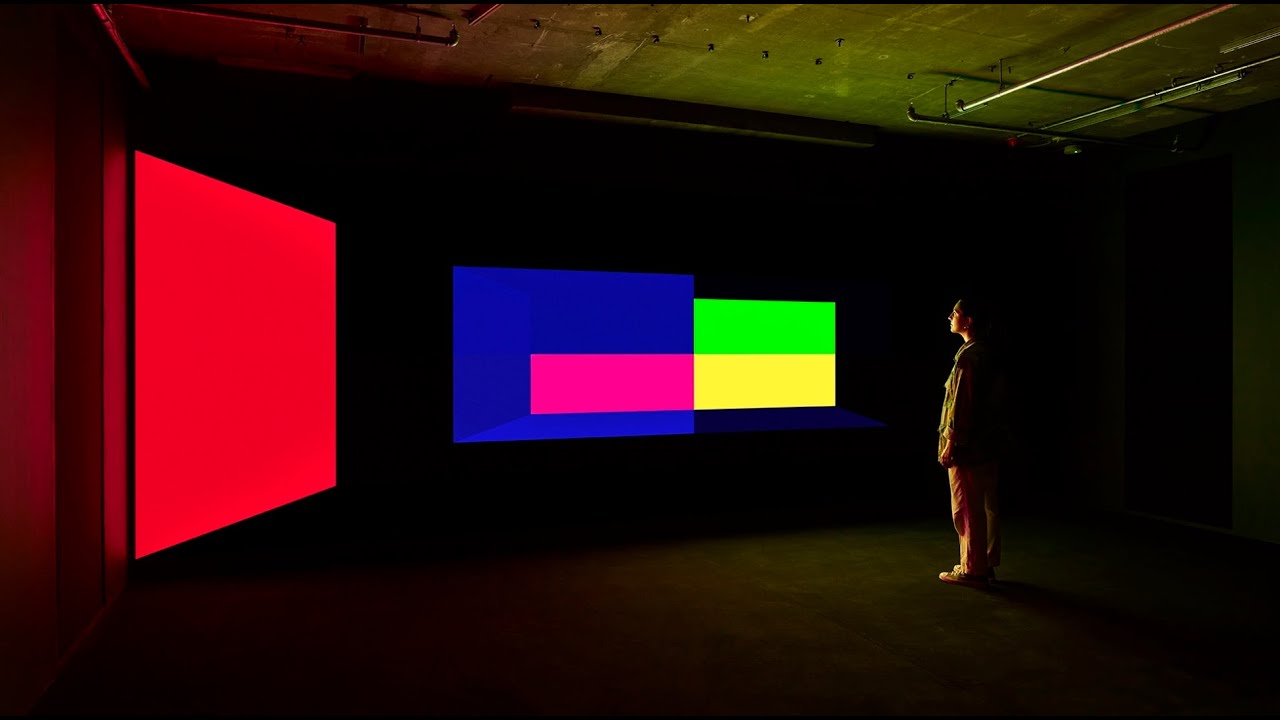

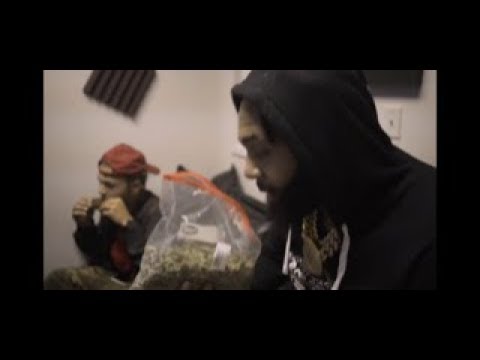

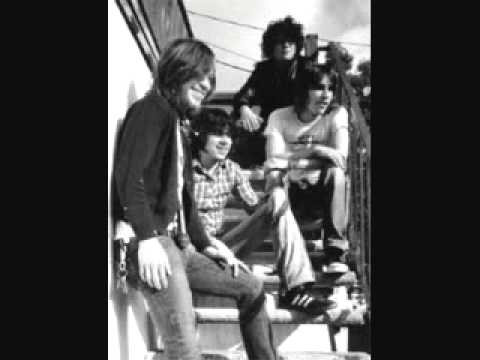

![Montana of 300 - Been A Beast [Prod. By Luke Banga]](https://img.youlistener.com/upl2/public/662/581/d78/CPGHhVDrqqY.jpg)
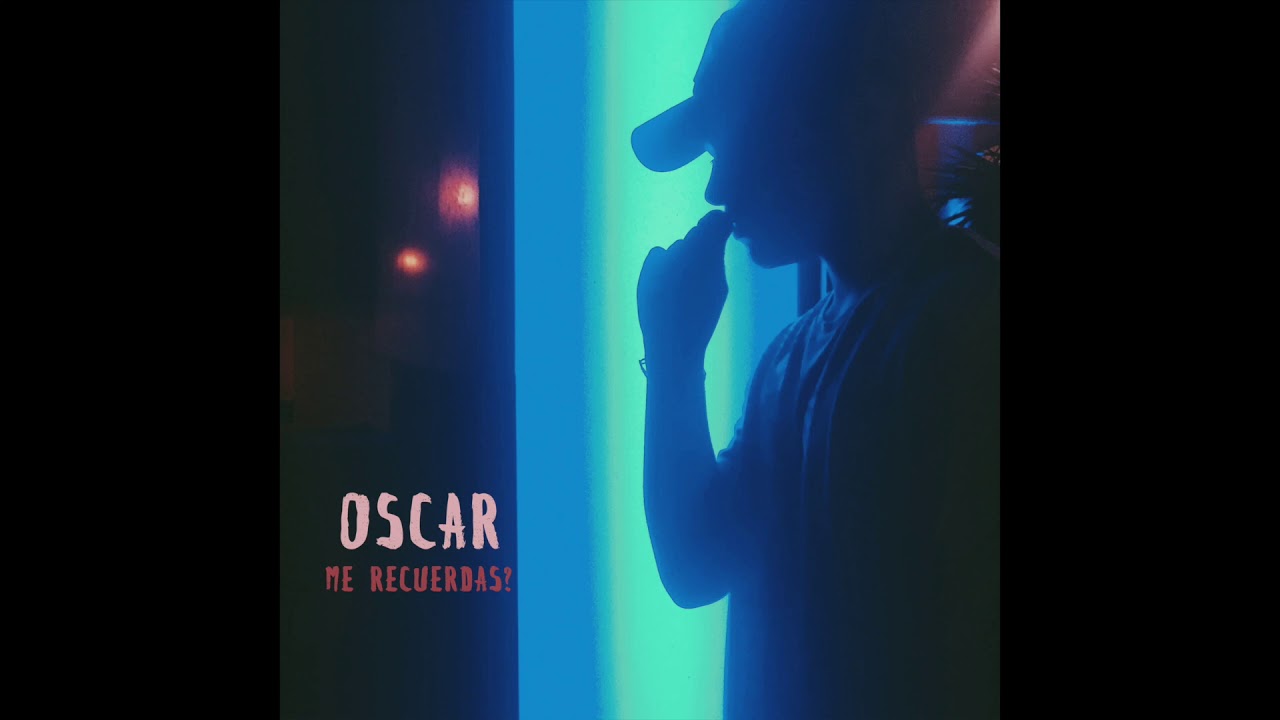
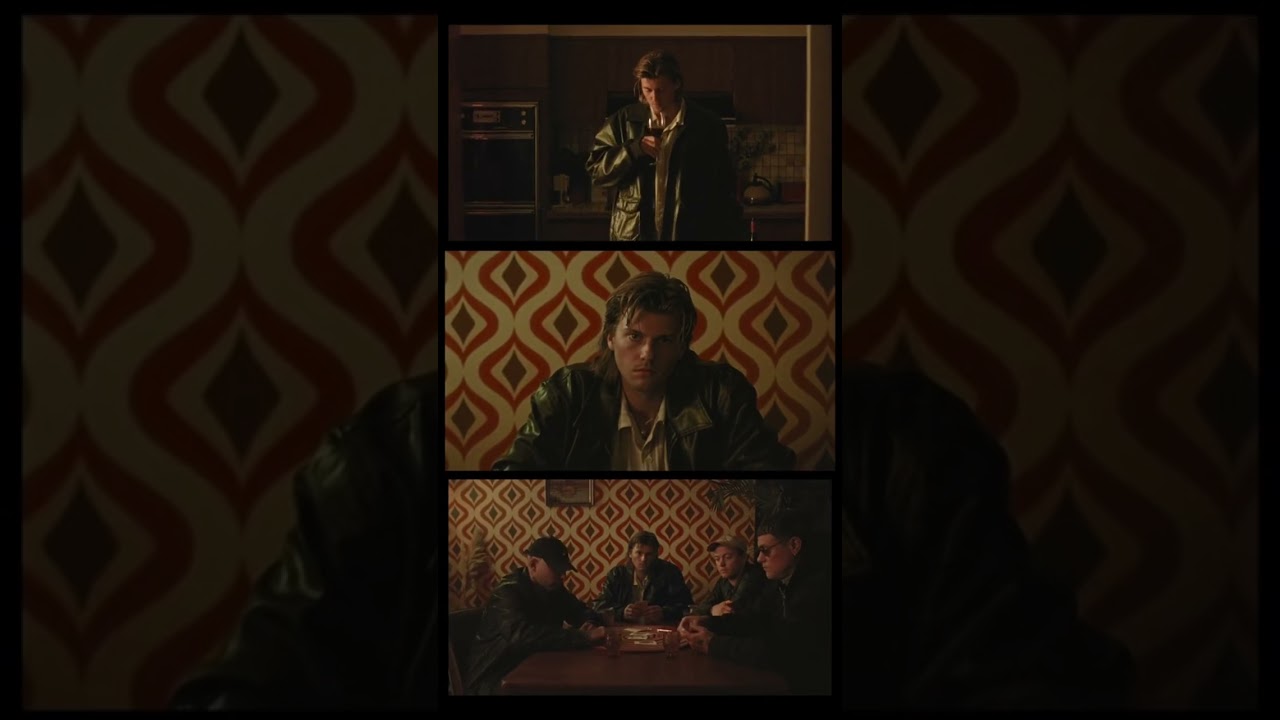
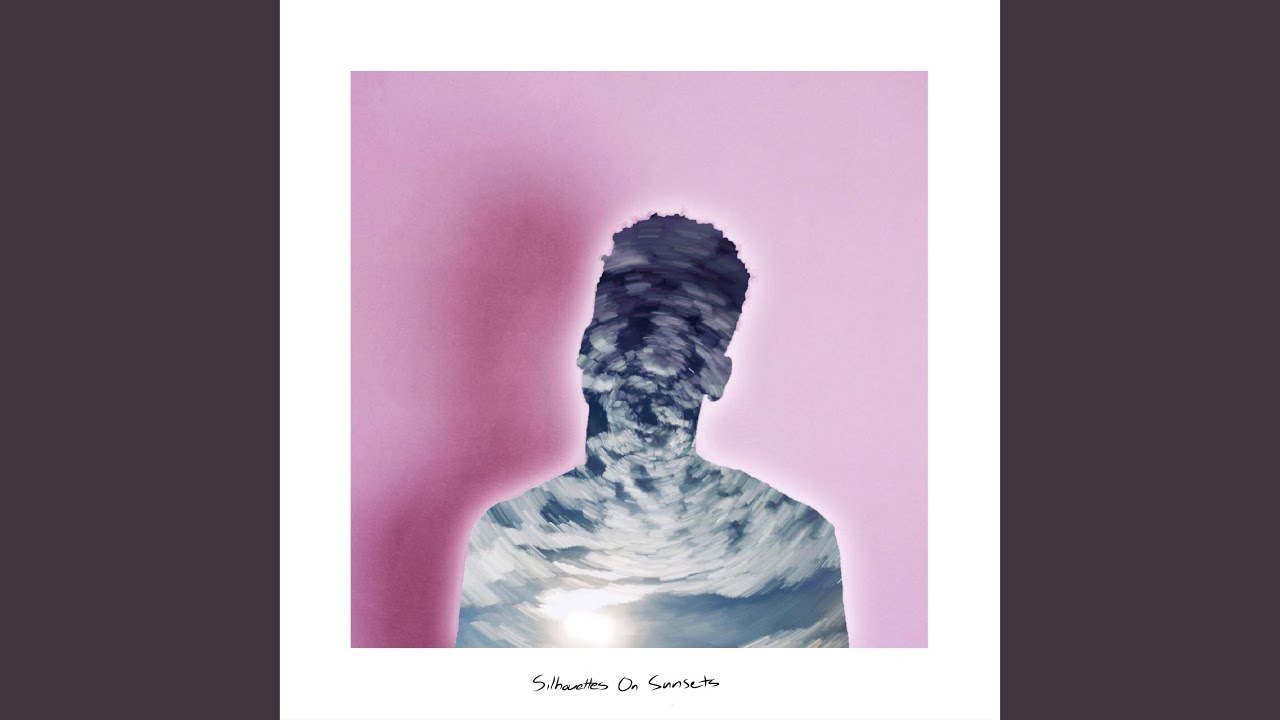
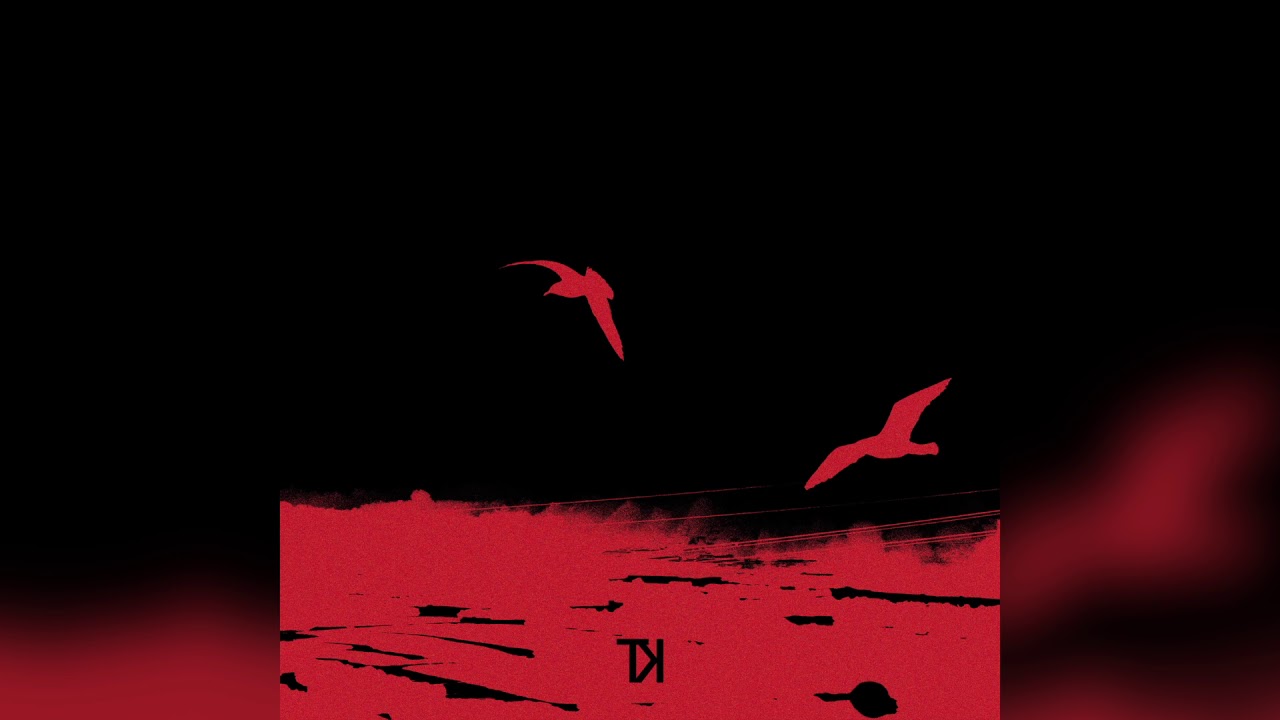
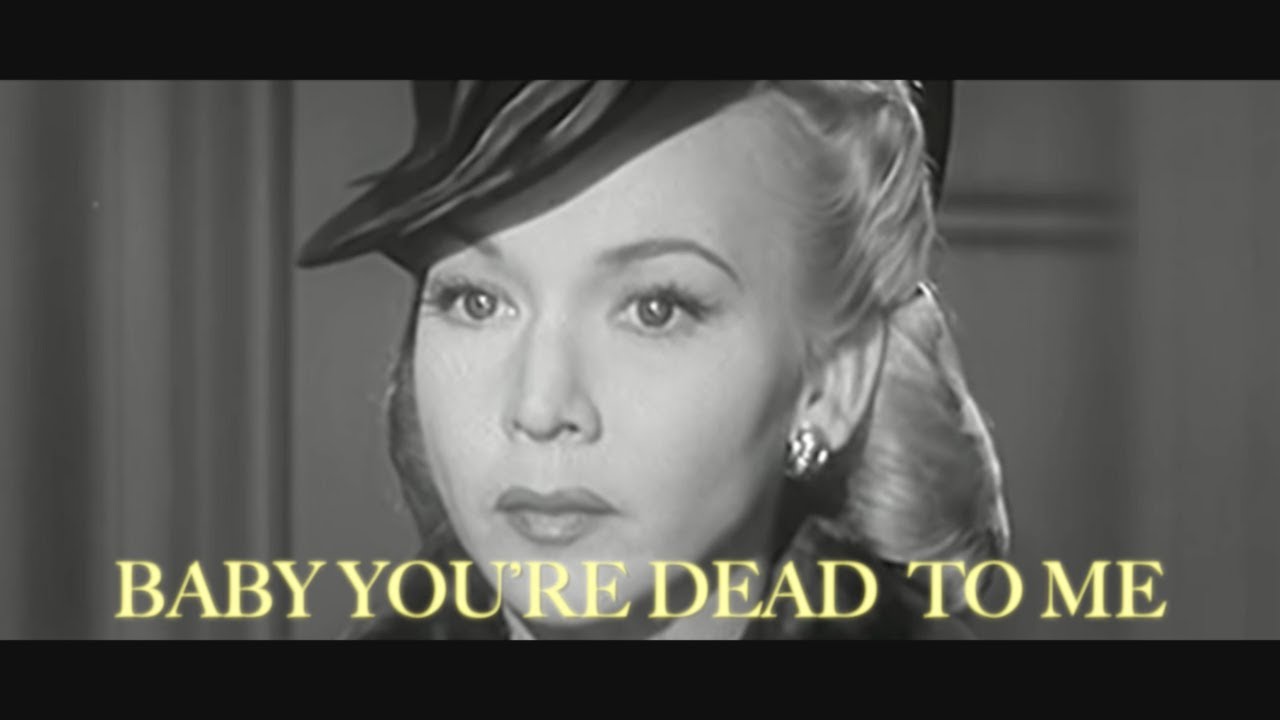

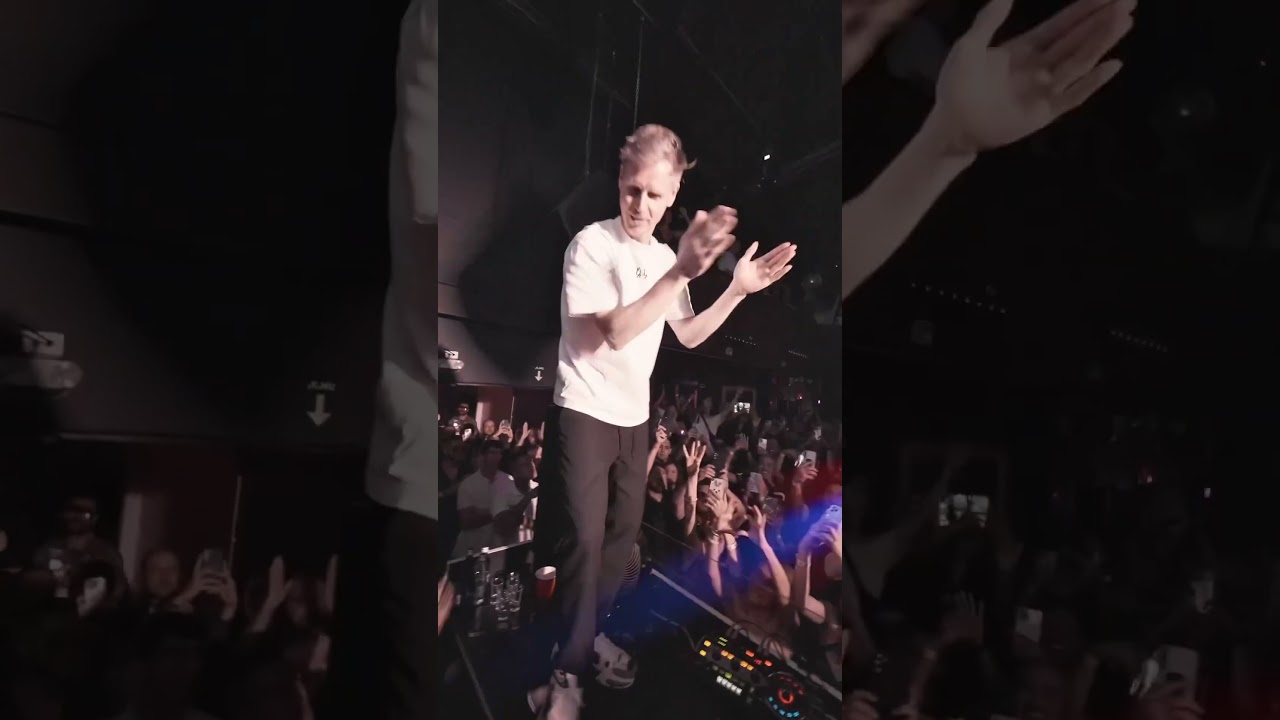
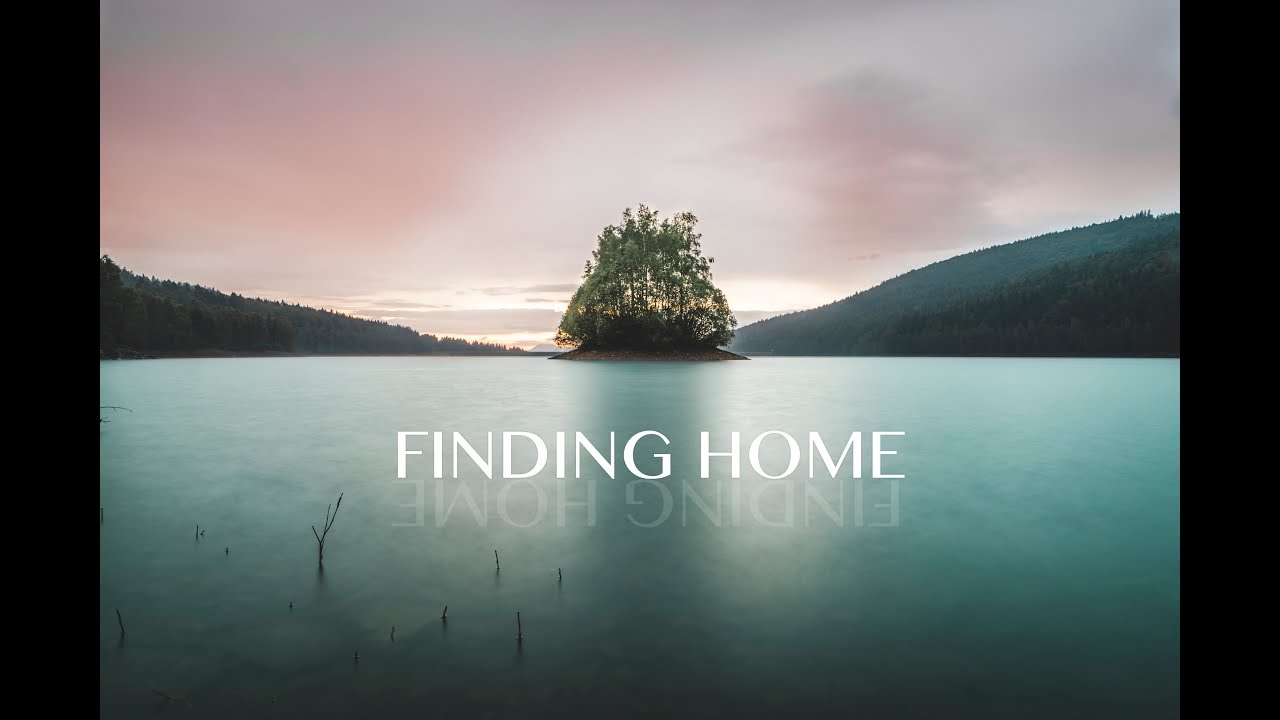


Comments